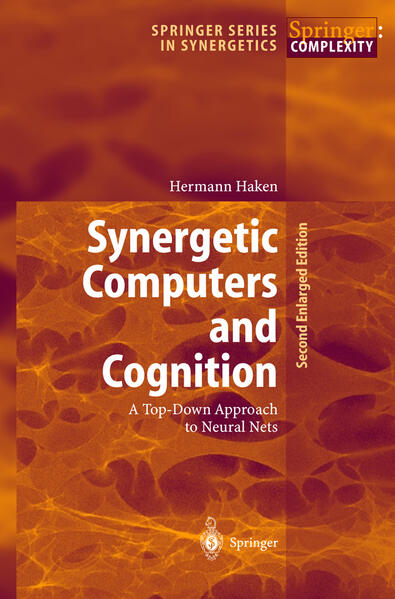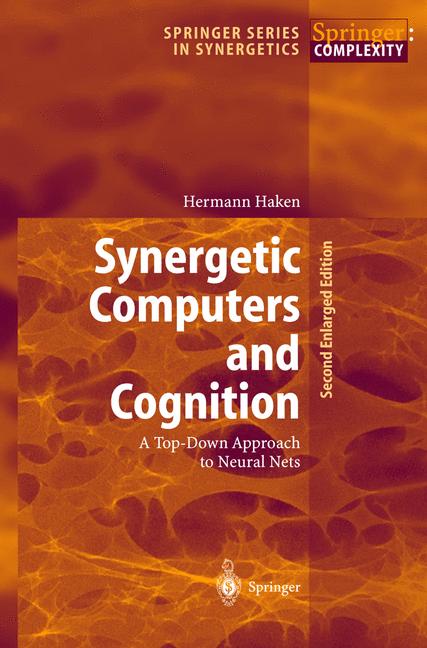Ein neuartiger Zugang zu neuronalen Netzen, der auf der Analogie zwischen Mustererkennung und Musterbildung beruht, wird hier dargestellt. Diese Analogie führt zum Konzept des synergetischen Computers, der in der Lage ist, komplexe Szenen zu erkennen. Der Vergleich zwischen der Wahrnehmungsfähigkeit von Menschen und der des synergetischen Computers weist neue Wege bei der Entwicklung möglicher Modelle mentaler Prozesse.
The first edition of this book has found great interest among scientists and en gineers dealing with pattern recognition and among psychologists working on psychophysics or Gestalt psychology. This book also proved highly useful for graduate students of informatics. The concept of the synergetic computer offers an important alternative to the by now more traditional neural nets. I just mention a few advantages: There are no ghost states so that time-consuming methods such as simulated annealing can be avoided; the synaptic strengths are explicitly determined by the prototype patterns to be stored, but they can equally well be learned, and the learning procedure allows a classification. Also a precise meaning and function can be attributed to "hidden variables". The synergetic computer has found a number of important practical applications in industry. I use the opportunity of this second edition to include a new section on transfor mation properties of the equations of the synergetic computer and on the invariance properties of its order parameter equations. A new section is devoted to the problem of stereopsis that is dealt with by the basic concept of the synergetic computer. Finally, attention is paid to a recent de velopment, namely to the use of pulse-coupled neural nets for pattern recognition.
Inhaltsverzeichnis
1. Goal. - 2. What Are Patterns? . - 3. Associative Memory. - 4. Synergetics An Outline. - 5. The Standard Model of Synergetics for Pattern Recognition. - 6. Examples: Recognition of Faces and of City Maps. - 7. Possible Realizations by Networks. - 8. Simultaneous Invariance with Respect to Translation, Rotation and Scaling. - 9. Recognition of Complex Scenes. Scene-Selective Attention. - 10. Learning Algorithms. - 11. Learning of Processes and Associative Action. - 12. Comparisons Between Human Perception and Machine Perception . - 13. Oscillations in the Perception of Ambiguous Patterns. - 14. Dynamic Pattern Recognition of Coordinated Biological Motion. - 15. Realization of the Logical Operation XOR by a Synergetic Computer. - 16. Towards the Neural Level. - 17. Concluding Remarks and Outlook. - Bibliography and Comments.















